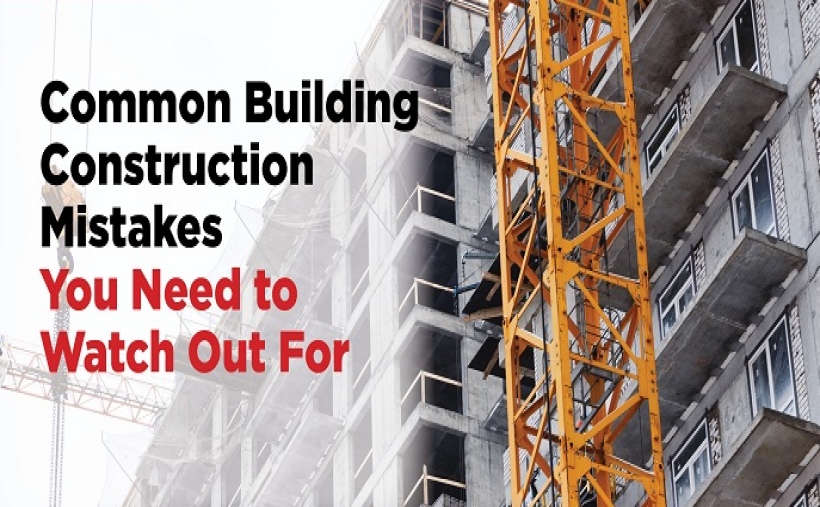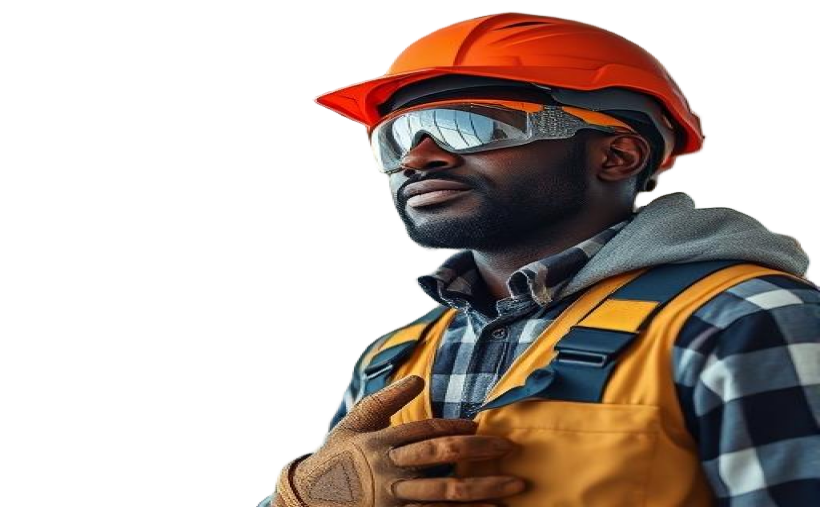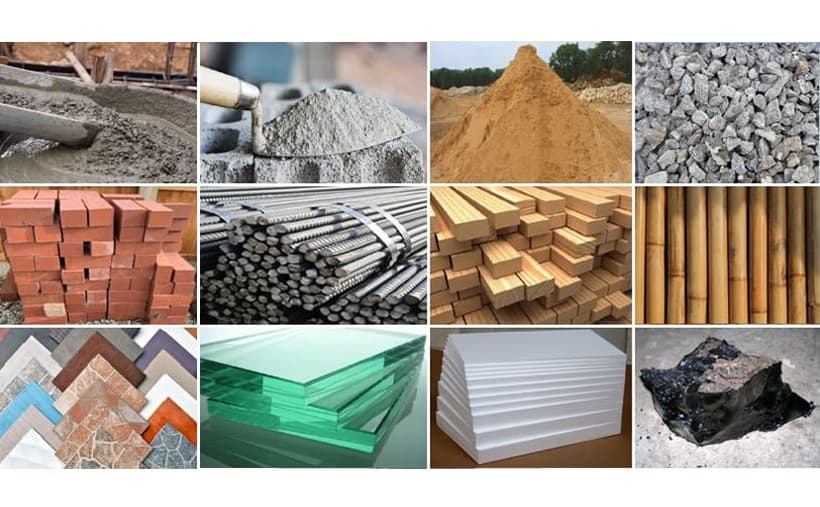Building a home is an exciting journey, but it’s also one that requires careful attention to detail. Even small construction mistakes can have costly or even dangerous consequences. This guide highlights some common errors homeowners face and provides tips on how to avoid them by using the right processes and working with qualified professionals.
1. Skipping a Detailed Site Evaluation
Every successful construction project starts with a thorough site evaluation. Ignoring this step can lead to foundation issues, poor drainage, and structural instability. Before any building begins, hire professionals to conduct soil testing and site assessments to understand potential risks, such as slope stability or soil type, which can affect the structure.
2. Not Setting a Clear Budget and Contingency Plan
Failing to establish a realistic budget can lead to shortcuts in materials, labor, or design, resulting in a compromised build. Set a clear budget that includes a contingency plan (usually 10-20% extra) for unexpected expenses, ensuring you don’t compromise on safety or quality to cut costs.
3. Using Substandard Materials
Choosing cheaper, low-quality materials may save in the short term but often leads to increased maintenance costs and safety risks. Always work with reputable suppliers and ensure all materials meet local building codes and quality standards. Investing in high-quality materials pays off in terms of durability and safety.
4. Skipping Necessary Permits and Inspections
Permits and inspections are essential for ensuring that construction complies with safety standards and local building codes. Skipping them can lead to fines, delays, or worse—unsafe building practices. Always follow the permit process and work with contractors who prioritize safety inspections to prevent structural issues down the road.
5. Poor Foundation Preparation
The foundation is critical to any building’s stability. Neglecting soil compaction, water drainage planning, or choosing the wrong foundation type can result in a weak structure that shifts, cracks, or even collapses. To avoid this, invest in proper foundation design and consult an engineer to ensure it’s suited to the soil and building type.
6. Ignoring Ventilation and Moisture Control
Poor ventilation can lead to issues like mold growth, wood rot, and reduced air quality. During construction, ensure that ventilation systems are installed in moisture-prone areas, such as bathrooms and kitchens. Proper ventilation will not only improve air quality but also extend the life of your building materials.
7. Improper Electrical and Plumbing Installations
Electrical and plumbing systems are crucial to the functionality and safety of a home. Common mistakes include incorrect wiring, overloaded circuits, and poor pipe connections. Always hire licensed professionals for these installations to prevent issues like leaks, electrical fires, or even structural damage.
8. Overlooking Load-Bearing Walls
Modifying load-bearing walls without proper planning can lead to structural instability. Before making any changes, consult an engineer to ensure walls can support the intended weight or that adequate support is in place. Avoid DIY renovations on load-bearing walls unless under professional supervision.
9. Neglecting Energy Efficiency
Energy efficiency is not only environmentally friendly but also saves money over time. Overlooking proper insulation, window placement, and efficient HVAC systems can lead to higher energy bills and poor comfort levels. Prioritize energy-efficient design to enhance the building’s sustainability and cost-effectiveness.
10. Not Hiring Qualified Professionals
Perhaps the biggest mistake homeowners make is hiring unqualified or inexperienced contractors. Doing so increases the risk of errors that compromise the quality and safety of the construction. Take the time to research and select reputable professionals with experience in residential construction. Check references and ensure all professionals are licensed and insured.
Avoiding these common construction mistakes can save time, money, and potential headaches. By understanding these pitfalls and working closely with qualified professionals, homeowners can ensure a smooth construction process that results in a safe, high-quality home.





2 Comments
505kxl
“This guide is spot-on! It’s easy to overlook things like site evaluations and ventilation, but they can make a huge difference in the long-term quality of a home. The reminder to invest in qualified professionals really resonates—cutting corners with unlicensed contractors can lead to so many issues down the line. Thanks for these practical tips!”